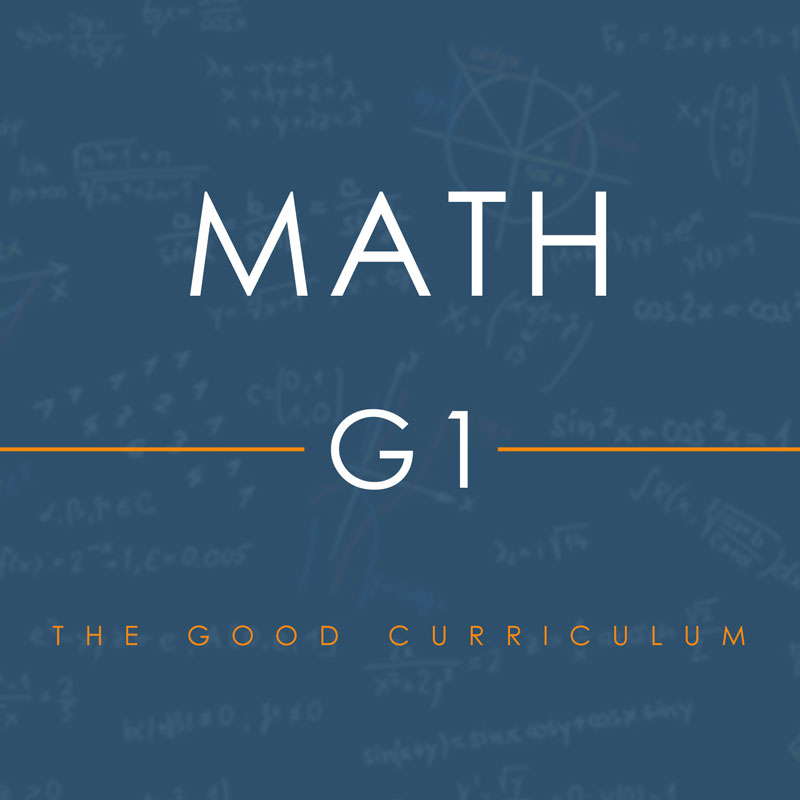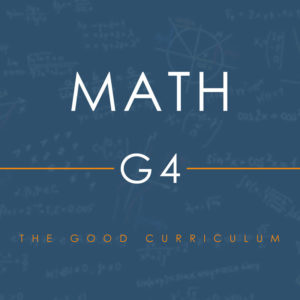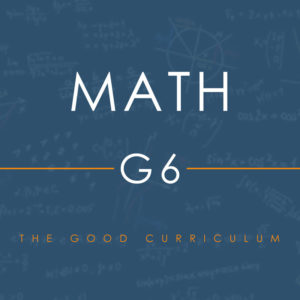Description
In this course, your child will begin a “math journey”–discovering the wonder and elegance of numbers and arithmetic, and how this will help him to succeed academically and to make sense of the “mathematical order” of the world around him.
As a homeschool teacher/parent, you will see how a well-grounded understanding of arithmetic and mathematics will help your child to become a better student, as well as a successful adult later in career and family and throughout life.
WHAT TO EXPECT
Briefly, grade one mathematics is ARITHMETIC, at its most basic, elementary level.
It is here that a very crucial foundation is being laid.
Using this program of study, your child will learn not only how to count, but also how to work skillfully with numbers up through 100, as well as beginning addition and subtraction with different combinations of numbers.
The course will prepare them for next year — Grade 2 — when they will begin to learn multiplication and division and other important aspects of the next level of their journey into into the elements of arithmetic.
In addition to working with numbers, your child will also be introduced to using calendars, clocks, rulers and other measuring devices, and money. They will also begin to learn simple geometric shapes and even simple fractions!
UNIQUE
What is unique about this course? Two things
1. In addition to learning about math facts and basic arithmetic operations, your child will also be exposed to some fun and interesting aspects of American history. That is because much of the lesson material is drawn from the everyday experiences of 19th-century life in America. This involve practical situations with people, animals and especially children, presented in an interesting and engaging way. In fact, you and your child will find that the many story problems in the book are more like fun “riddles” and puzzles to be solved rather than math problems to be worked out!
2. The other unique thing about this course is that it opposes the modern-day trend of getting kids into “workbooks” and worksheets right away.
Probably no other aspect of the modern approach to teaching math has caused more “math anxiety” for young learners than that of rushing them into doing rows upon rows of problems on reams and reams of worksheets, especially before they have fully grasped this strange new concept of “math” and the idea of numbers and figures and “quantity” and adding and subtracting, etc..
There is a time and a place for workbooks and worksheets. Grade 1 Math is not it!
METHODOLOGY
Before your child can “do math,” he must get really good at counting and working with numbers in a physical, tangible way. That starts with counting things in the real world, in his immediate surroundings.
Then he must become adept at working mentally with numbers and counting and adding and subtracting. Only then can your child successfully move into writing the numbers and math symbols down on paper (or chalkboard or whatever) to represent what he has been doing mentally and visually with real-world objects.
This course focuses on getting your child well-grounded in these early stages of math understanding: visual, oral and manipulative first. Then, the mental (but still “concrete”) aspects of numbers and quantity. Finally, the written aspects of figures and math symbols are introduced after the others have been fully presented — and grasped.
Why is this important?
Because children learn math in three basic stages:
Manipulative
Mental Image (“Concrete”)
Abstract
Our course follows this time-honored pattern of learning.
It first introduces simple concepts. Then it progresses into more complex ones, gradually moving the student into higher and higher levels of understanding — as quickly or as slowly as they need based on their ability to grasp the material — emphasizing mastery not just completion of it.
This is a proven and very effective method for teaching early mathematics: arithmetic.
It is the method our textbook uses, which is why I chose to use it for this course.
Speaking of that,…
TEXTBOOK
What textbook are we using?
Ray’s New Primary Arithmetic
Why Ray’s New Primary Arithmetic?
Two reasons:
1. It is extremely effective at teaching the fundamentals of arithmetic and mathematics.
2. It is readily available for anyone to use anytime, anywhere in the world,… for FREE.
Is there a cost for the book?
No. It’s FREE. Your only cost associated with using Ray’s would be the paper and toner needed to print out the pages (plus some kind of binder or notebook to place them in).
You can download a FREE copy of [download id=”24609″] .
There are no worksheets or workbooks required.
There are no worksheets because the lessons ARE the worksheets!
(Ray’s Arithmetics are also available in printed, hard-copy editions. You can purchase them if you’d like, but they are not necessary for the course.)
SCOPE
Grade 1 math covers the first 37 lessons of the book.
You will want to print out these first 37 lessons and place them in an 8 1/2 x 11 in. three-ring, loose-leaf binder.
That’s the beauty of this format: your student can write directly on the pages. These can be reprinted and replaced easily and cheaply on-demand and as needed.
(One minor note regarding how our lessons are numbered. You are about to become “reacquainted” with Roman numerals! That is how all the lessons in Ray’s books are numbered. We preserve this style of notation to distinguish the book lessons from the course lessons, which are numbered with “normal” Arabic numerals: 1, 2, 3, etc..)
When you purchase the full course, you will gain access to a complete 180-lesson plan and weekly course outline.
Our course runs 36 weeks, 180 lessons in all.
I will explain about testing and how to go about doing the lessons and other important aspects of this math course on the next page.
So, if you’re ready to get started,…
Let’s do some math!





Reviews
There are no reviews yet.